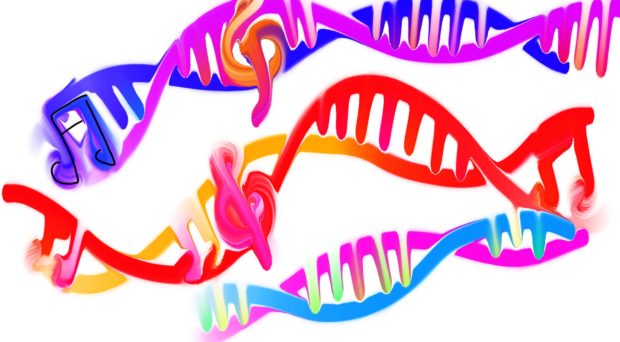Over the past decade, the DNA laboratory in the office of New York City’s chief medical examiner emerged as a pioneer in analyzing the most complicated evidence from crime scenes. It developed two techniques, which went beyond standard practice at the F.B.I. and other public labs, for making identifications from DNA samples that were tiny or that contained a mix of more than one person’s genetic material.
As its reputation spread, the lab processed DNA evidence supplied not only by the New York police, but also by about 50 jurisdictions as far away as Bozeman, Mont., and Floresville, Tex., which paid the lab $1,100 per sample.
Traces of Crime
This article was produced in collaboration with ProPublica, an independent, nonprofit newsroom that produces investigative journalism in the public interest.
Now these DNA analysis methods are under the microscope, with scientists questioning their validity. In court testimony, a former lab official said she was fired for criticizing one method, and a former member of the New York State Commission on Forensic Science said he had been wrong when he approved their use. The first expert witness allowed by a judge to examine the software source code behind one technique recently concluded that its accuracy “should be seriously questioned.”
Earlier this year, the lab shelved the two methods and replaced them with newer, more broadly used technology.
Continue reading the main story
Continue reading the main story
A coalition of defense lawyers is asking the New York State inspector general’s office — the designated watchdog for the state’s crime labs — to launch an inquiry into the use of the disputed analysis methods in thousands of criminal cases. While the inspector general has no jurisdiction over the court system, any finding of flaws with the DNA analysis could prompt an avalanche of litigation. Previous convictions could be revisited if the flawed evidence can be shown to have made a difference in the outcome.
The medical examiner’s office “has engaged in negligent conduct that undermines the integrity of its forensic DNA testing and analysis,” the Legal Aid Society and the Federal Defenders of New York wrote the inspector general on Friday. Because the lab has kept problems with its “unreliable” testing and “unsound statistical evidence” secret from the public and the courts, they continued, “innocent people may be wrongly convicted, and people guilty of serious crimes may go free.”
In addition to those convicted using the disputed methods, many defendants may have chosen to plead guilty when they learned prosecutors had DNA evidence against them. Their cases face significant barriers to reconsideration.
The medical examiner’s office stands by its science. Its chief of laboratories, Timothy Kupferschmid, said that the discarded techniques were well-tested and valid, and that the lab was adopting newer methods to align with changing F.B.I. standards. He compared it to a vehicle upgrade.
“So just because we’re switching to the new model, I mean, our old pickup truck worked great, but my new pickup truck is so much better,” he said.
One case that hinges on the disputed DNA techniques stemmed from the beating of Taj Patterson in December 2013. A group of Hasidic men attacked Mr. Patterson, a black student, in the Williamsburg section of Brooklyn. Prosecutors blamed the attack on the Shomrim, a Hasidic group that patrols Williamsburg, a neighborhood where tensions between orthodox Jews and blacks have long simmered.
Six days after the attack, the police found one of Mr. Patterson’s black Air Jordan sneakers on a nearby roof.
The police sent the sneaker to the DNA lab, where a technician swabbed a 3-inch by 6-inch area of its heel — and recovered 97.9 picograms of DNA from at least two people. A picogram is one trillionth of a gram.










